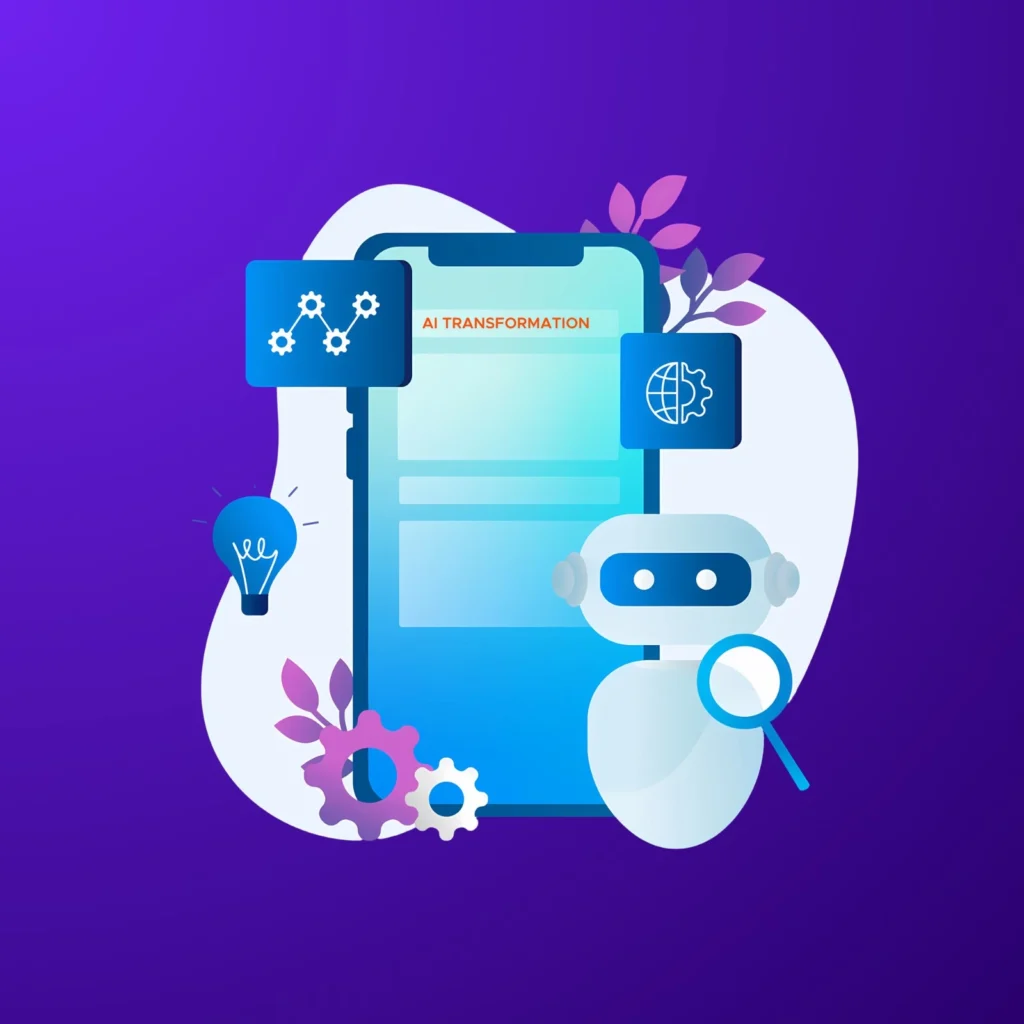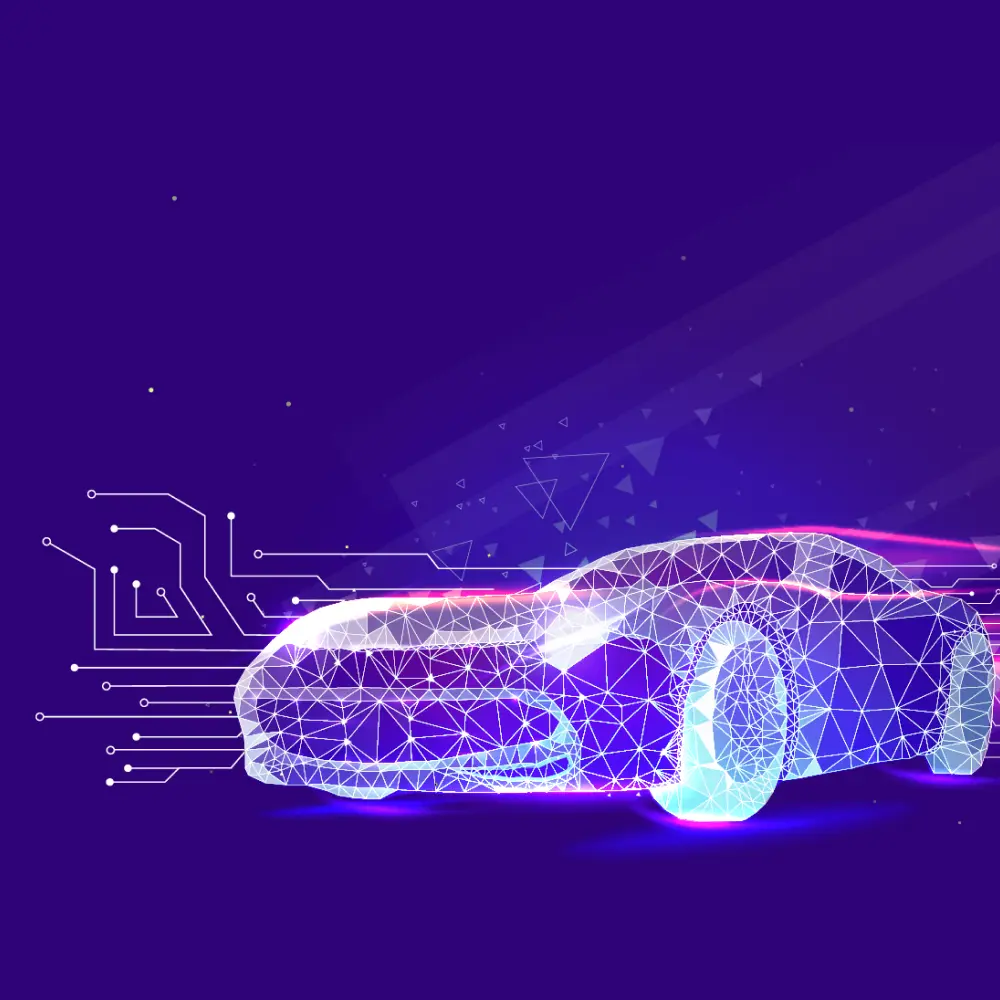A Digital Twin is the projection of an object, service, or project onto an online virtual platform. The term has been in existence for decades, but it is in the past 2 decades that the technology has begun to be integrated into multiple applications with much enthusiasm. It can be an automobile, a building, a wind turbine, or even an entire city. It heralds the emergence of the fourth revolution in Industry. This digital technology is becoming a reality primarily owing to the increasing dependence and comfort with other technologies such as IoT (Internet of Things), Artificial Intelligence, and 3D visualization capabilities. The seamless integration of these multiple technologies benefits both Industry and processes mutually.
Digital Twin technology has many advantages and is becoming a necessity. However, it is by no means easy. It requires considerable effort to create and maintain. In the case of a simple digital model, the physical object and its digital avatar have no automatic exchange of data. A physical change in real time does not immediately reflect on the Digital copy. Similarly, the copy has no impact on the object. A Digital Twin, on the other hand, overcomes this barrier. The complete two-way integration enables data flows and eventual impact on each other. It involves mapping and creating a simulation that can be visualized in many ways. Such a computerized model, or Avatar, mirrors its physical counterpart. As information is collected online, the Digital Twin is gradually updated and adapted. This requires continuous device connectivity online.
NASA was one of the first organizations to apply the technology to test Mission Apollo before the actual mission. They used Artificial Intelligence to simulate every possible scenario. Once the mission was perfected, the launch took place and space exploration became easier and more effective. Since then, it is being used by an increasing number of organizations such as IBM (pumps), Microsoft (environment, cities on larger cloud solutions), Philips (health care), Siemens (gas turbine maintenance), Bosch (digital supply chain), and others. Shanghai, a large city, has its own Digital Twin that helps to identify or even predict various risks.
Using Data Analytics, Digital Twin Technology allows manufacturers to detect faults, maintain processes and prevent anomalies quickly. So, how is it done?
1. Firstly, data is collected from the object and its surroundings
2. Data is then analyzed and fed into the Digital Twin or virtual avatar
3. Real-time data is applied and the Digital Twin is tested using simulations and machine learning
4. Any unfavorable component is modified in the final design
5. The physical object is further monitored virtually for risks and adjustments
Here are some of the most notable applications of Digital Twin Technology:
Retail
In E-commerce and online retail, customers have can fun with virtual avatars. With the boom in artificial intelligence and online avatars, buyers have the advantage of personalized advice on their purchases. Online shopping serves customer needs better while also increasing return on investment. Digital Twin Technology improves this experience in more ways, bringing brands and customers closer than ever with better predictions. Customers can now visualize any product, from clothes to furniture in their own reality. E-commerce giant Amazon is successfully using it to track users and their preferences. It largely cuts wastage and increases profits.
Smart Cities
The Digital Twin of any infrastructure or large building helps to identify even the slightest structural anomalies, thereby allowing a short testing cycle before physical corrections. With increasing advancements in connectivity, we now have the concept of smart cities. Smart cities can have the ability to save energy and resources through the mindful distribution of utilities. Digital Twins of highly populated cities use sensors connected to IoT devices for monitoring and further planning and development. This will in turn fasten advancements in AI algorithms by learning from the environment.
Healthcare
Digital Twin Technology has mind-boggling applications in the advancement of health care. We are now entering the future of diagnostics and patient management. Not only can the Digital Twin of a diagnostic device improve disease prognosis, but it can also make the device accessible to all economic groups. Technology using connectivity can make such devices cheaper and relatively easy to use. Digital twins can be used to plan smarter surgical procedures. More importantly, a human can soon have his/her own Digital Twin for complete body analysis and simulation of drug efficacy in real-time. Though its implementation would require many more years, the potential is limitless.
Manufacturing
Digital Twin Technology is transforming businesses using various supportive technologies. Manufacturers are saving money and time by tracking and monitoring their products. It is now possible to have real-time performance status on production lines and machines. Using continuous feed back, manufacturers immediately predict issues, increase reliability, accuracy, and improvement in performance. Such an asset is immensely valuable to any manufacturer. Tesla has demonstrated this in their automobile engines. Every car has its Digital Twin. Using AI, a sensor is always collecting data, letting customers have the best experience.
Considering Digital Twin Technology has such wide applications, it is possible to imagine the future that was described in science fiction movies. One can consider a scenario where we can exist online or wonder if artificial intelligence will make machines better than humans. Either way, we are entering this reality, helped by companies that offer AI services. It will help communities grow closer and eliminate the many hardships of today.



